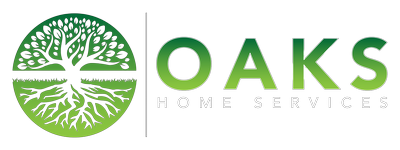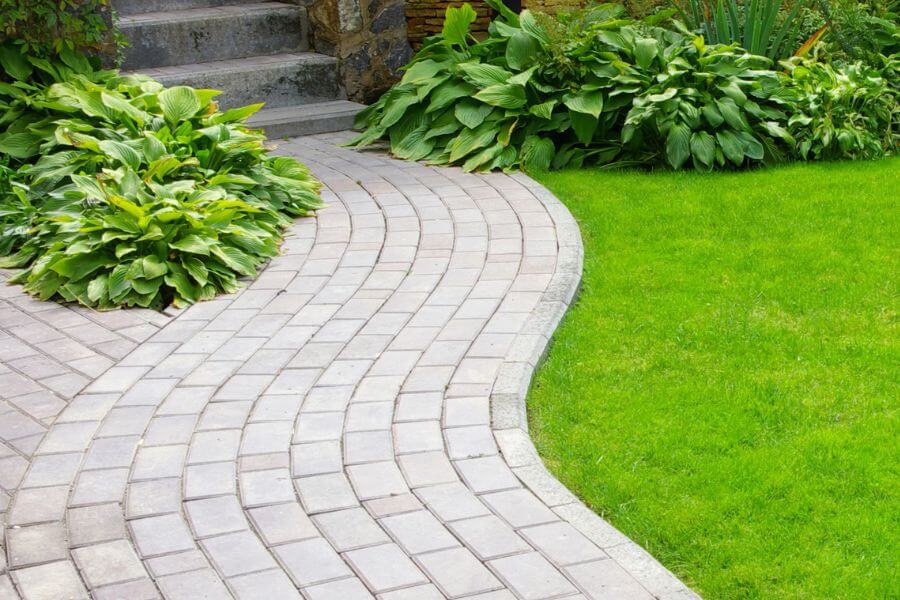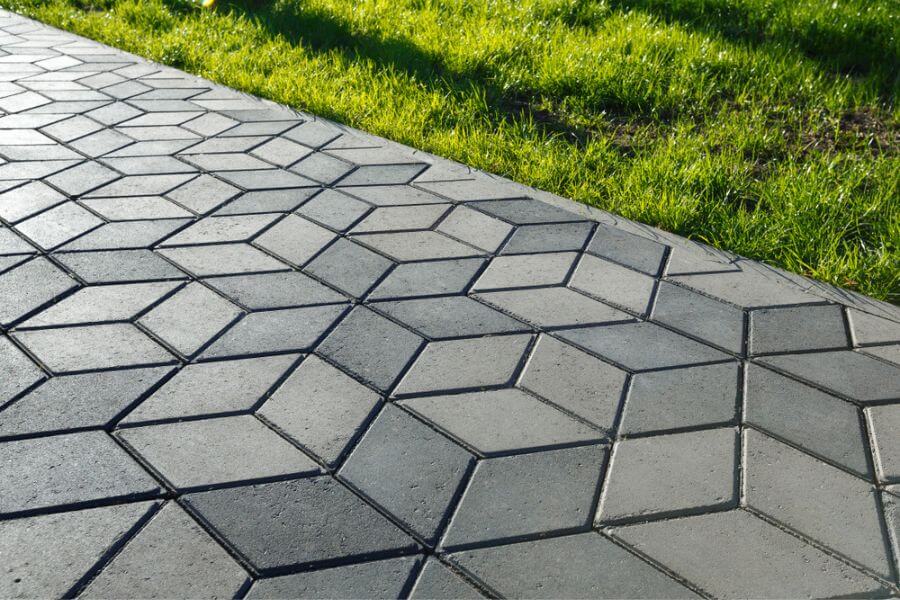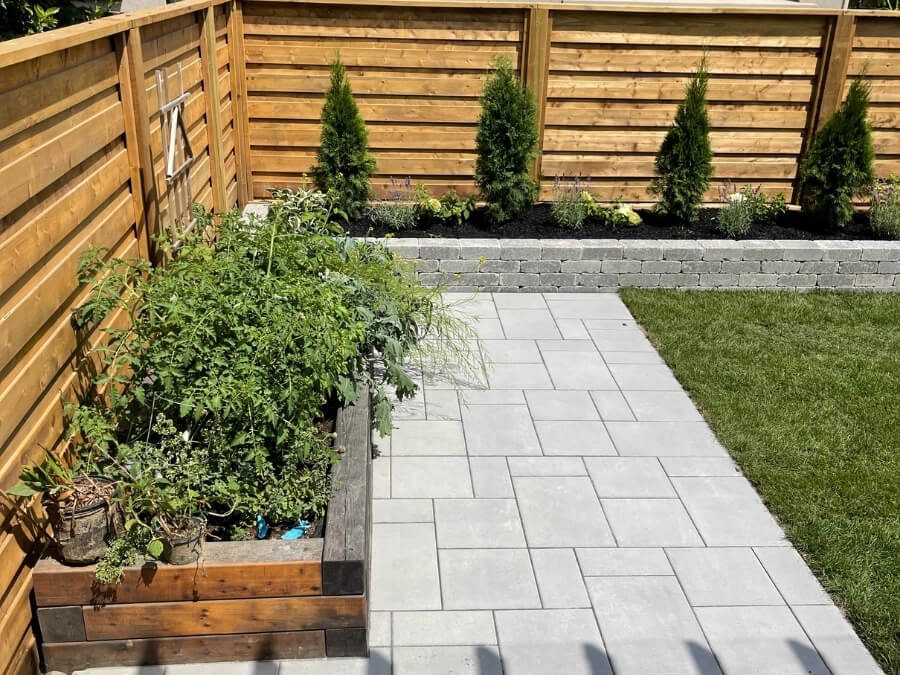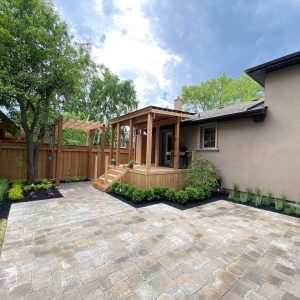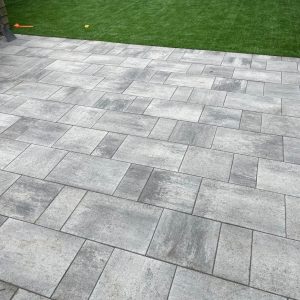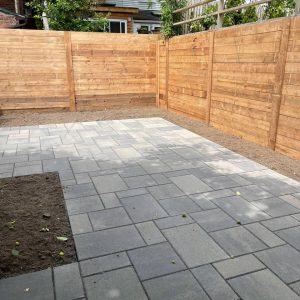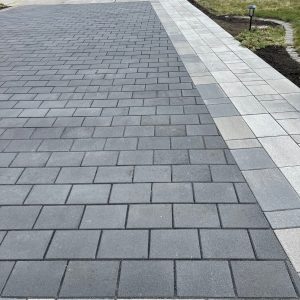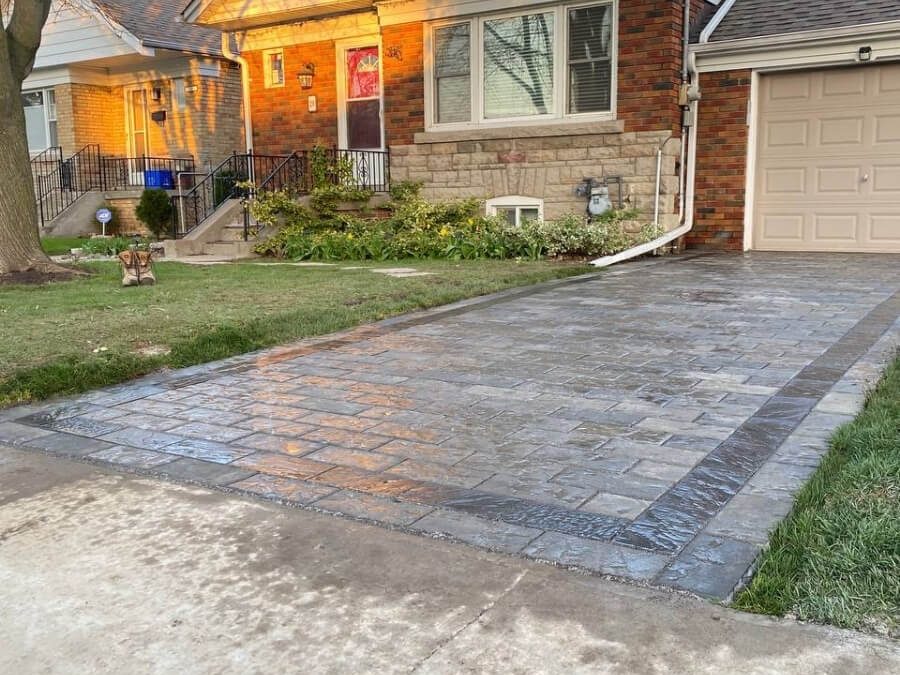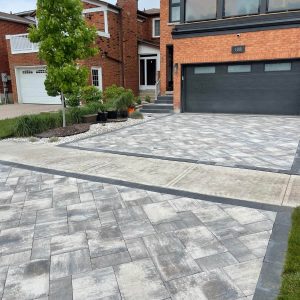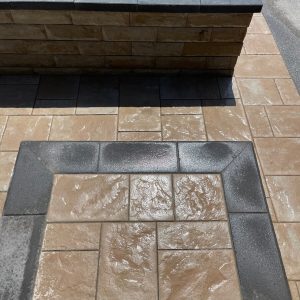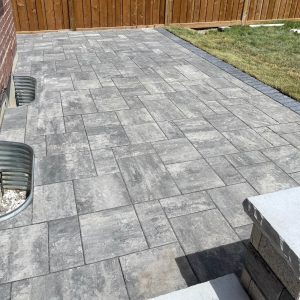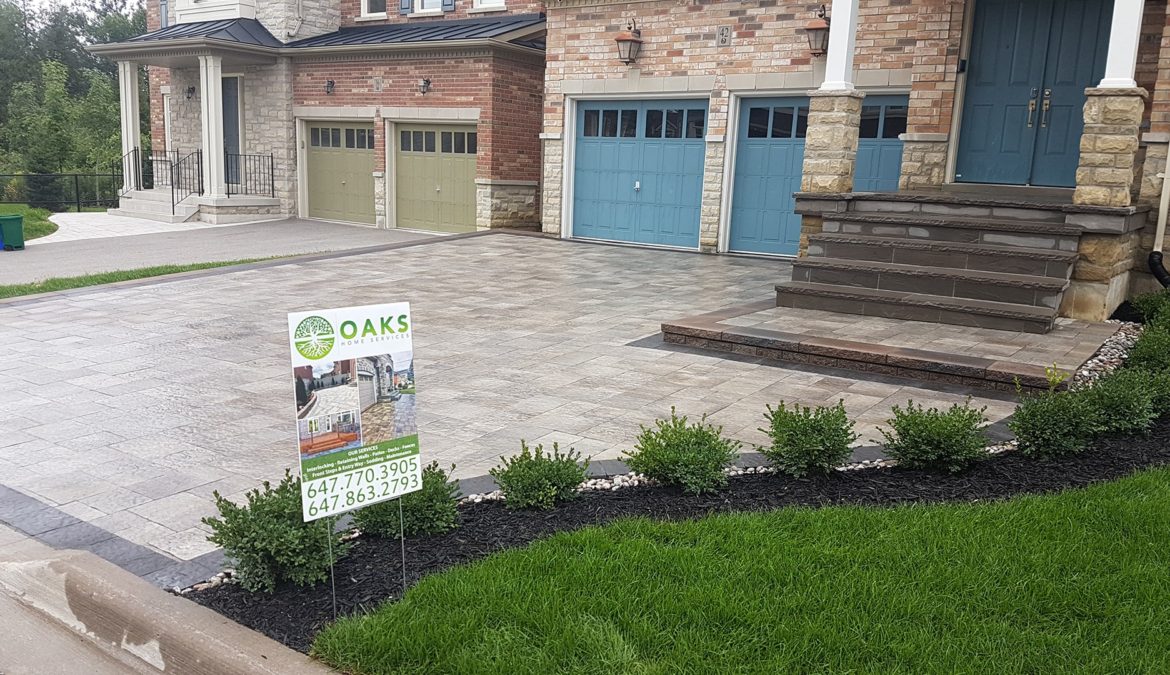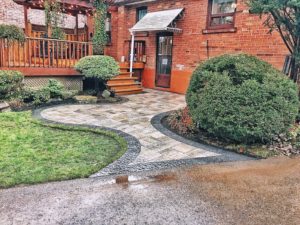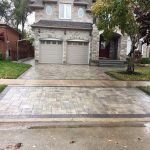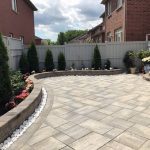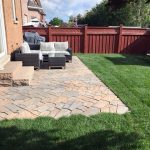Interlocking driveways have become increasingly popular for homeowners in Vaughan, as they provide an aesthetically pleasing and durable option for paving their driveways. With spring of 2023 just around the corner, it’s worth looking at some of the design trends expected to be popular in interlocking driveways.
Natural Stone Look
Creating a natural stone look is expected to be a trend in 2023. This look can be achieved by using interlocking pavers that resemble natural stone. With a wide range of colours and styles available, it’s easy to create a unique and custom look for your driveway.
Large Format Pavers
Another trend that is expected to gain popularity in 2023 is the use of large format pavers. These larger pavers create a sleek and modern look, with fewer seams and joints. They can also help to make a small driveway look larger.
Mixed Materials
Mixing materials is another trend that is likely to continue in 2023. Homeowners are combining different types of interlocking pavers to create unique designs and patterns. For example, combining concrete pavers with natural stone pavers can create a stunning visual effect.
Bold Colours
Bold colours are set to be popular in 2023. Homeowners are no longer afraid to add a pop of colour to their driveway designs. Vibrant blues, greens, and yellows are all expected to be popular choices.
Geometric Patterns
Geometric patterns are another trend that is set to be popular in 2023. From hexagonal pavers to diamond shapes, these designs can create a unique and eye-catching driveway.
Permeable Pavers
Permeable pavers are a growing trend in interlocking driveways. They allow water to drain through them, which can help to reduce the risk of flooding and water damage. These pavers are also environmentally friendly, as they help to prevent rainwater runoff from polluting local waterways.
Minimalist Designs
Minimalist designs are expected to be popular in 2023. Simple patterns, neutral colours, and clean lines are all elements of this trend. This design style is perfect for homeowners who want a modern and minimalist look for their driveway.
If you’re looking to update or install an interlocking driveway in Vaughan, consider working with Oaks Home Services. Our team of experts can help you choose the perfect design trend to fit your style and budget. With years of experience in the industry, we have the knowledge and expertise to install a high-quality interlocking driveway that will last for years to come. Contact us today to schedule a consultation and take the first step toward creating your dream driveway.
